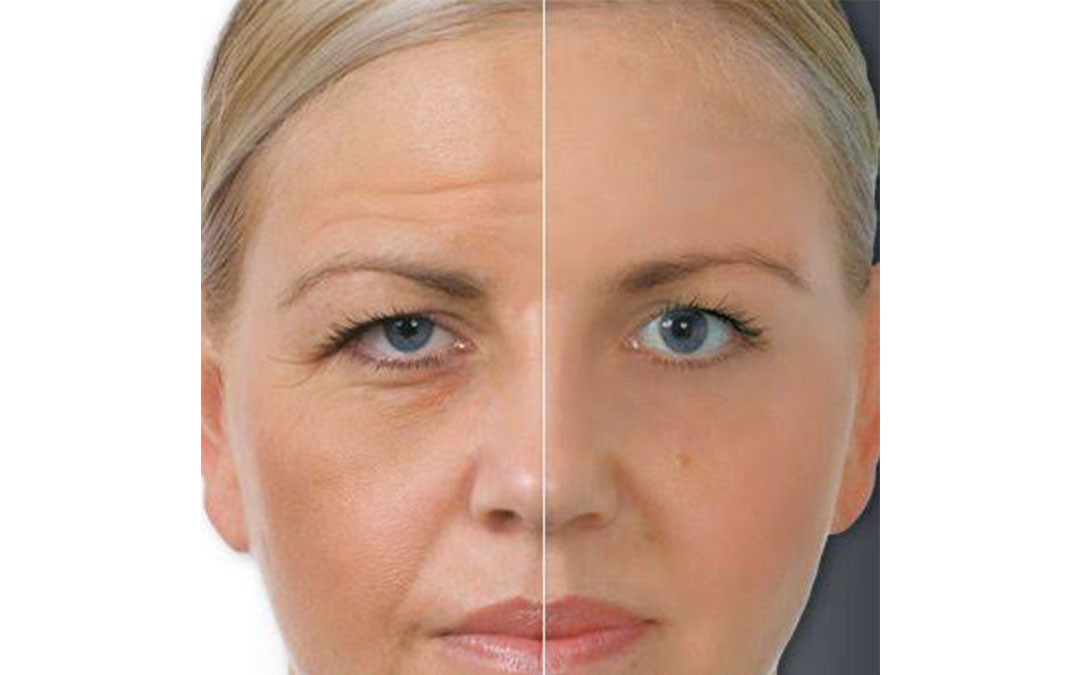Sagging Brows: Causes, Symptoms, and Treatment Options

Sagging Brows: Causes, Symptoms, and Treatment Options
What are Sagging Brows?
Sagging brows, medically known as brow ptosis, refer to the downward displacement of one or both eyebrows. This condition can give an individual a tired, angry, or aged appearance, and in some cases, it can partially obstruct vision by crowding the upper eyelid.
Causes of Sagging Brows
- Natural aging leading to loss of skin elasticity and weakening of muscles supporting the eyebrows.
- Descent and deflation of periorbital soft tissues and brow fat pads.
- Weakness or paralysis of the frontalis muscle, which is responsible for raising the eyebrows.
- Facial nerve disorders such as Bell’s palsy or birth trauma.
- Neurological muscle diseases including myasthenia gravis and muscular dystrophies.
- Involuntary muscle contractions like blepharospasm.
- Mechanical factors such as tumor growth or scarring.
- Genetic predisposition, sun damage, lifestyle factors like smoking, and improper skin care accelerating brow ptosis.
Symptoms
- Lowered brow position causing a heavy sensation above the eyes.
- Asymmetry between the left and right eyebrows.
- Deep forehead wrinkles caused by compensatory muscle activity.
- A tired, sad, or stern facial appearance despite feeling alert.
- Possible visual field obstruction due to brow or eyelid drooping.
Treatment Options

- Brow Lift Surgery: Various surgical methods including endoscopic brow lifts, direct temporal browplasty, and internal browpexy to elevate and reposition the eyebrows.
- Botox Injections: Non-surgical option relaxing muscles that pull brows downward, resulting in a subtle lift.

- Daxxify and Other Collagen-stimulating Treatments: Promote natural brow firming over time.
- Non-surgical management: Brow shaping via tweezing or waxing can sometimes help improve appearance.
- Prevention through sun protection, smoking cessation, and proper skincare.
Summary
Sagging brows result from age-related changes, muscle weakness, or neurological conditions leading to eyebrow descent and associated aesthetic and functional problems. Diagnosis and treatment require a tailored approach, often combining surgical and non-surgical options for optimal results. Early intervention improves outcomes and patient satisfaction.
Consult with Our Team of Experts Now!
For a thorough evaluation and personalized treatment plan addressing sagging brows, consult our facial plastic surgeons and dermatology specialists who specialize in advanced, evidence-based rejuvenation procedures.
References:
- Patel BC, Honavar SG. Brow Ptosis and Repair. EyeWiki. Updated March 3, 2025. Available at: https://eyewiki.aao.org/Brow_Ptosis_and_Repair
- Kaur HR, Kar BM. Brow Ptosis: Etiology, Diagnosis, and Management. StatPearls. 2025 Jul 7. Available at: https://www.ncbi.nlm.nih.gov/books/NBK560762/
- King M, Davies E, Bassett S, et al. Management of Ptosis. Eye (Lond). 2016 Nov 30;30(11):1347-1355. doi:10.1038/eye.2016.174. Available at: https://www.ncbi.nlm.nih.gov/pmc/articles/PMC5300727/















